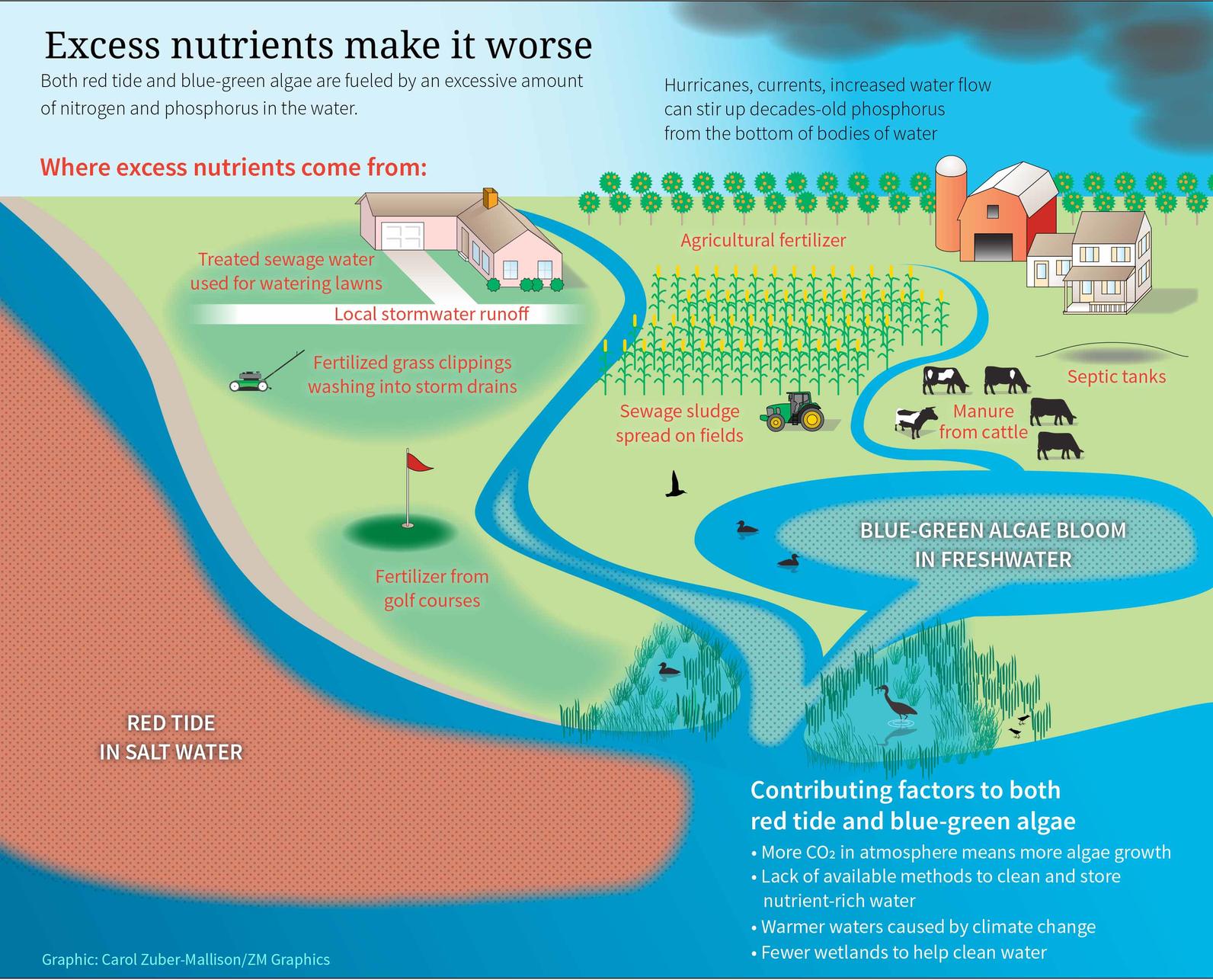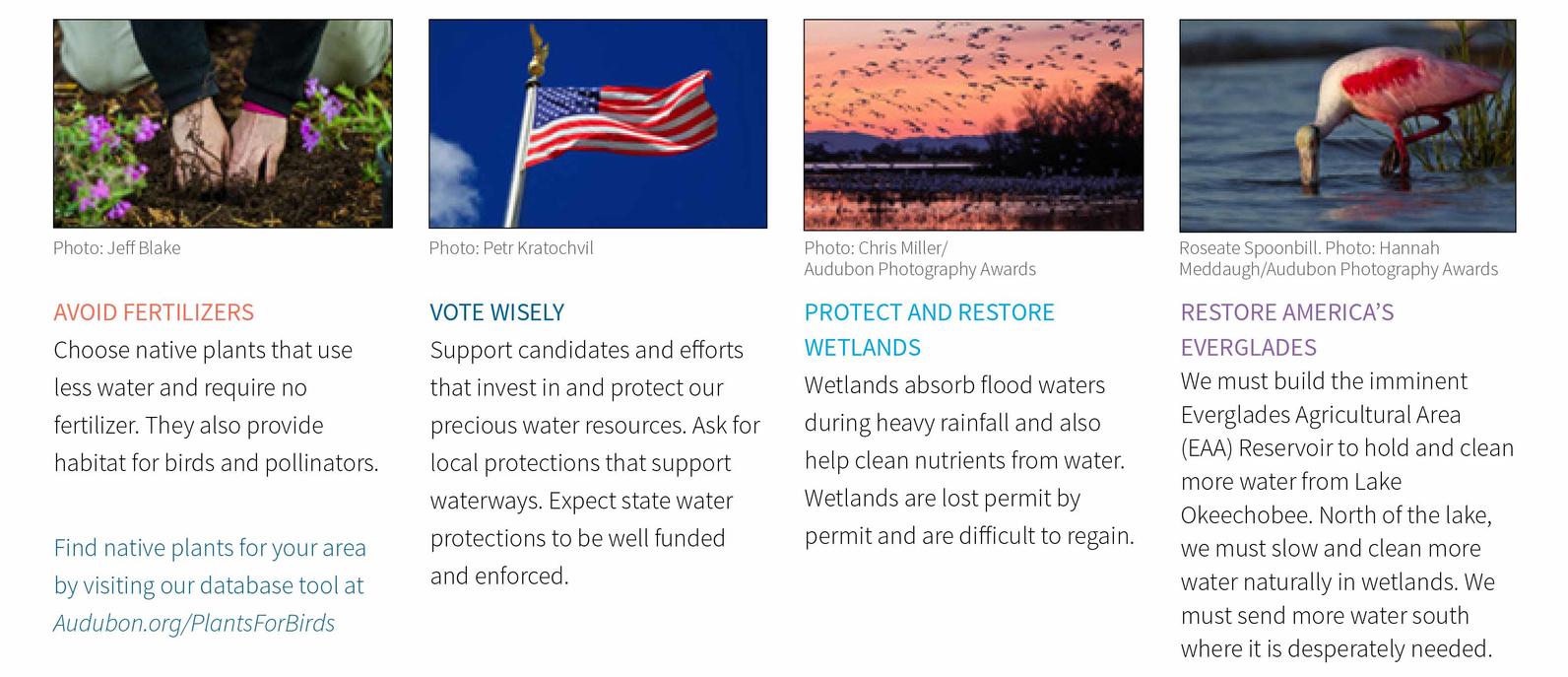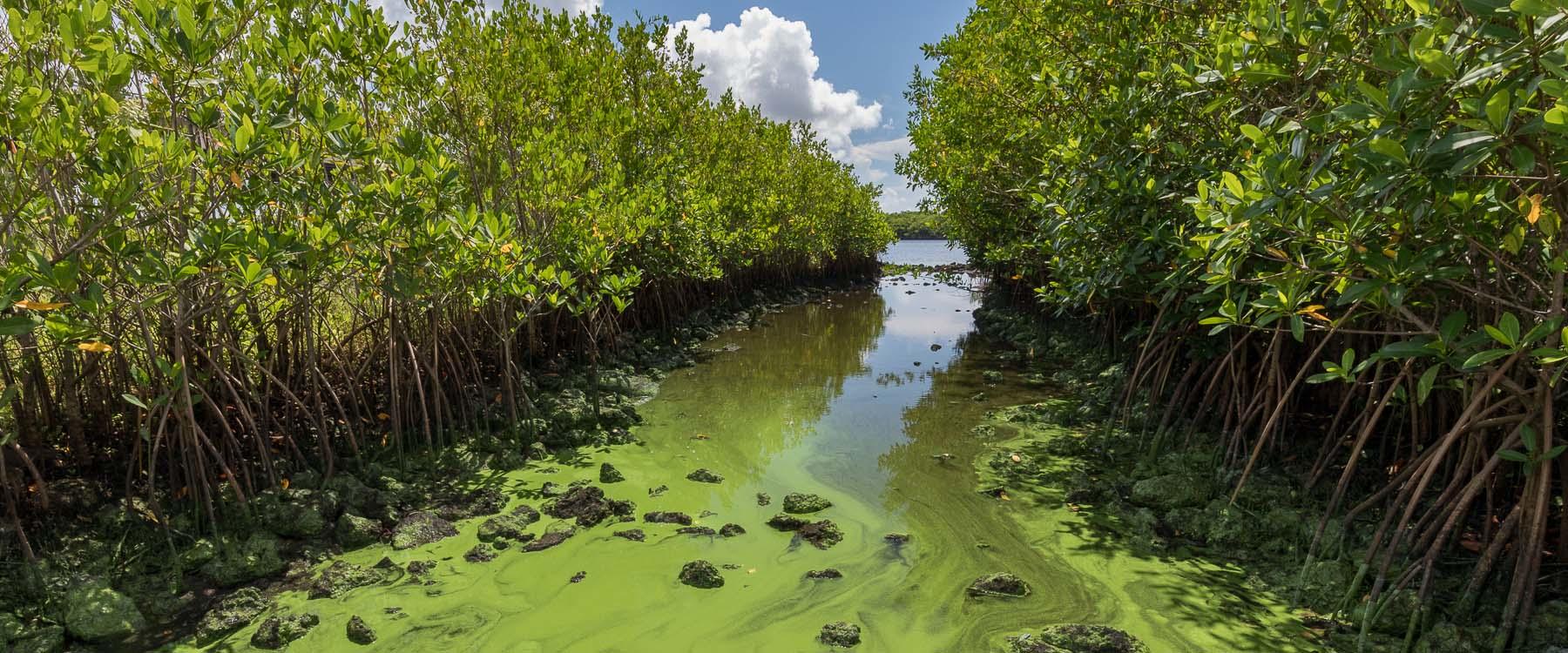Florida is witnessing one of the worst red tides and blue-green algae in recent memory. The catastrophic combination of red tide and blue-green algae blooms are hurting Florida’s waterways and the wildlife that depend on clean water. Together, they cause significant public health concerns, threaten birds and wildlife, and tarnish Florida’s reputation for world-class beaches.
Both occur naturally, but this year's geographic extent and duration are both extraordinary. A combination of excess nutrient pollution and increasingly warmer temperatures are the suspected culprits behind the observed intensity of both red tide spanning the South Florida coasts and the blue-green algae originating from Lake Okeechobee.
The harmful algal blooms and red tide captured national attention, and blame has been freely thrown around. Floridians along with local, state, and federal government agencies must do their part to protect Florida's waterways. Here’s your guide to what’s really happening and how you can help.

This cannot be the status quo. This cannot be our future.
People have contributed to this tragedy, but people also have the opportunity to be the solution. Audubon scientists report that warmer water temperatures and nutrient-laden nearshore waters create the perfect conditions for explosive red tide and blue-green algae. Audubon’s policy staff and chapter network are fighting at every level of government to protect Florida’s water resources, but we could use your help. Individuals can make a meaningful difference by taking simple steps to protect Florida’s water resources.
Your Choices Can Lessen Algal Blooms

Audubon's Solutions to Florida's Water Crisis





